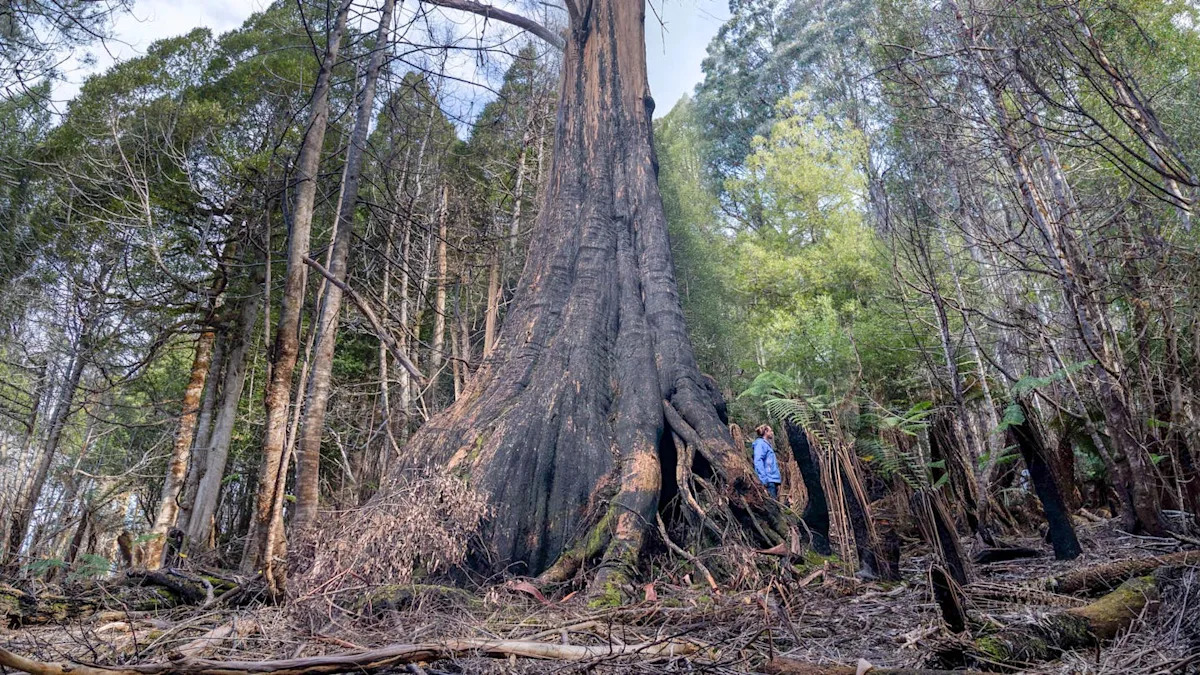Nature's Design Masters: 5 Brilliant Tree Innovations Reshaping Urban Planning
Discover how Tasmania's ancient trees are inspiring revolutionary urban design principles, offering sustainable solutions for future cities through their ingenious natural engineering.

Tasmania's towering mountain ash trees showcase nature's brilliant design principles for urban innovation
Tasmania's Ancient Trees Offer Groundbreaking Design Lessons
In an era where digital innovation dominates headlines, nature's oldest architects - trees - are revealing revolutionary design principles that could transform our urban landscapes. Tasmania's mountain ash (Eucalyptus regnans), standing at an impressive 100 metres tall and living for over 600 years, exemplifies this natural engineering brilliance.
1. Dead Trees: Nature's Smart Infrastructure
While urban planners often rush to remove dead trees, these structures serve as vital ecosystems. Much like how smart technology monitors human health, dead trees create sophisticated habitats for diverse wildlife, from microbes to mammals.
2. Mature Trees: Nature's Multi-Level Housing
Mature trees offer features that younger specimens can't match - hollows, cracks, and peeling bark that support over 300 Australian native species. These natural apartments demonstrate how adaptive spaces can revolutionize our environment.
3. Root Systems: Underground Innovation Networks
Trees' root systems showcase remarkable adaptation capabilities, changing shape to maximize water uptake and fostering beneficial microorganism growth. This natural intelligence offers lessons for sustainable urban water management.
4. Bark Streamers: Vertical Habitat Creation
Peeling bark creates unique microhabitats, demonstrating how vertical spaces can be utilized effectively. This principle could revolutionize building design and urban wildlife conservation.
5. Organic Litter: Natural Recycling Systems
The natural debris from trees creates a self-sustaining ecosystem that urban designers often overlook. This organic waste management system offers lessons for sustainable city planning.
Future Applications and Research
At Deep Design Lab, researchers are using advanced technology to study these natural designs, creating 3D-printed nest boxes and developing new urban planning strategies that could revolutionize our cities' relationship with nature.
Jack Thompson
Reporter based in Sydney, Jack covers climate issues, migration policies, and Australia's Indo-Pacific strategy.
